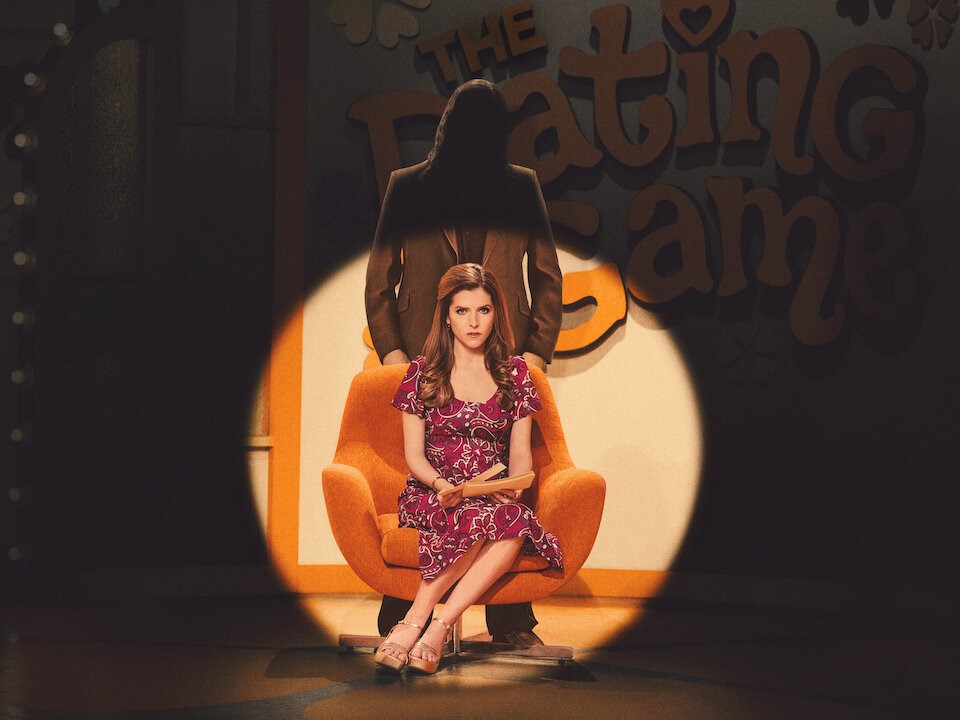Like a lot of people, I enjoy reading Sherlock Holmes books because it never ceases to amaze me how Holmes takes the smallest detail and cracks a case wide open. After cruising through David Grann’s book “Killers of the Flower Moon” I found myself loving his journalistic approach to storytelling, which is why when I saw “The Devil and Sherlock Holmes” by Grann I grabbed it immediately.
In yellow letters, a stark contrast to the darkly colored cover, reads “Tales of murder, madness, and obsession.” Who wouldn’t be intrigued by that line?
In the nearly 400-page book, Grann takes a deep dive into true stories about a dozen people’s lives: to investigate their stories that might seem bigger than life. Grann’s words weave us through the search for a giant squid, a Sherlock Holmes fanatic, an elderly bank robber’s life, and a con artist who might’ve been conned himself.
Each story feels like it’s own book, but is often under 100 pages, because none of the stories relate to one another and Grann’s talent for creating a mental image of the story is unnervingly accurate throughout these pages.
His book is split into three parts, which are all named with quotes from Holmes, and contain four stories each:
Part One: “Any truth is better than indefinite doubt.”
Part Two: “A strange enigma is man!”
Part Three: “All that was monstrous and inconceivably wicked in the universe.”

As to not spoil all of the stories, a few that stuck out to me included “Trial by Fire,” “The Chameleon,” “The Squid Hunter,” “City of Water,” and “The Brand.” Evidently from their titles, it shows how diverse Grann was in the stories he shared.
Grann, a journalist by trade, conducts the most in-depth and time-consuming research for each of these articles, which were written across several years in the early 2000s. It seems from every story that Grann made some kind of intimate connection with those he interviewed, as some shared personal, traumatic details about their lives.
“Trial by Fire” is the second story in the book and made my heart hurt for a man who was on death row, convicted of murdering his three daughters, who were all three years old or younger. Cameron Todd Willingham, the father and convicted murderer, went to trial after his house caught on fire, trapping his daughters inside, because arson investigators said that it was arson, without a doubt. After many years on death row, Willingham thought he found his lucky break that would prove his innocence, but will anyone believe him in time?
The next story switches gears in “The Chameleon,” which starts off as a story about a young boy stumbling into a child-welfare building in France. It ends with the same boy pretending to be someone else in Texas. How can this be the same person? Let’s just say he’s good at playing pretend.
“The Squid Hunter,” is the first story in Part Two, and sends Grann onto a boat in the middle of a storm, looking for what some call the sea’s most elusive creature. Grann shadows Steve O’Shea as he continues his life-long journey to find the giant squid, which appears in tales dating back to the Iliad. Can the pair find the squid, or will the voyage be a bust?
The “City of Water” story brought an issue to my mind that I never thought was a problem: What would happen if New York City ran out of water? Grann goes 200 feet underground with a group of sandhogs, which are workers that tunnel below NYC to bring them a fresh supply of water. Who knew that was a career? He follows a family who has been sandhogs for generations, as Grann learns the history of the three tunnels, how the dig process has changed, and just how dangerous it can be underground.
Finally, “The Brand,” better known as the Aryan Brotherhood starts the beginning of the end in Part Three. I knew very little about The Brand before reading this story, but learning more about this organized crime group within prisons was equally fascinating and terrifying. The ruthless group has created a hierarchy in the prison systems to ensure power for themselves, but the group has continued to adapt as more of its lifelong brothers are released back into society. Grann interviews a few of The Brand’s leaders and talks with a man who is building a case against the organization. How do you discipline a group of people who are already serving life sentences?
Grann’s seven other stories split off into other directions and cover a wide range of topics that readers might not have ever heard or thought of before. If you aren’t much of a reader, but like thinking “Hmm, I didn’t even know that existed,” then you need to go pick up your own copy of “The Devil and Sherlock Holmes.”
Emily Loughridge is a third-year Communication major at the University of Science and Arts of Oklahoma.

















































































